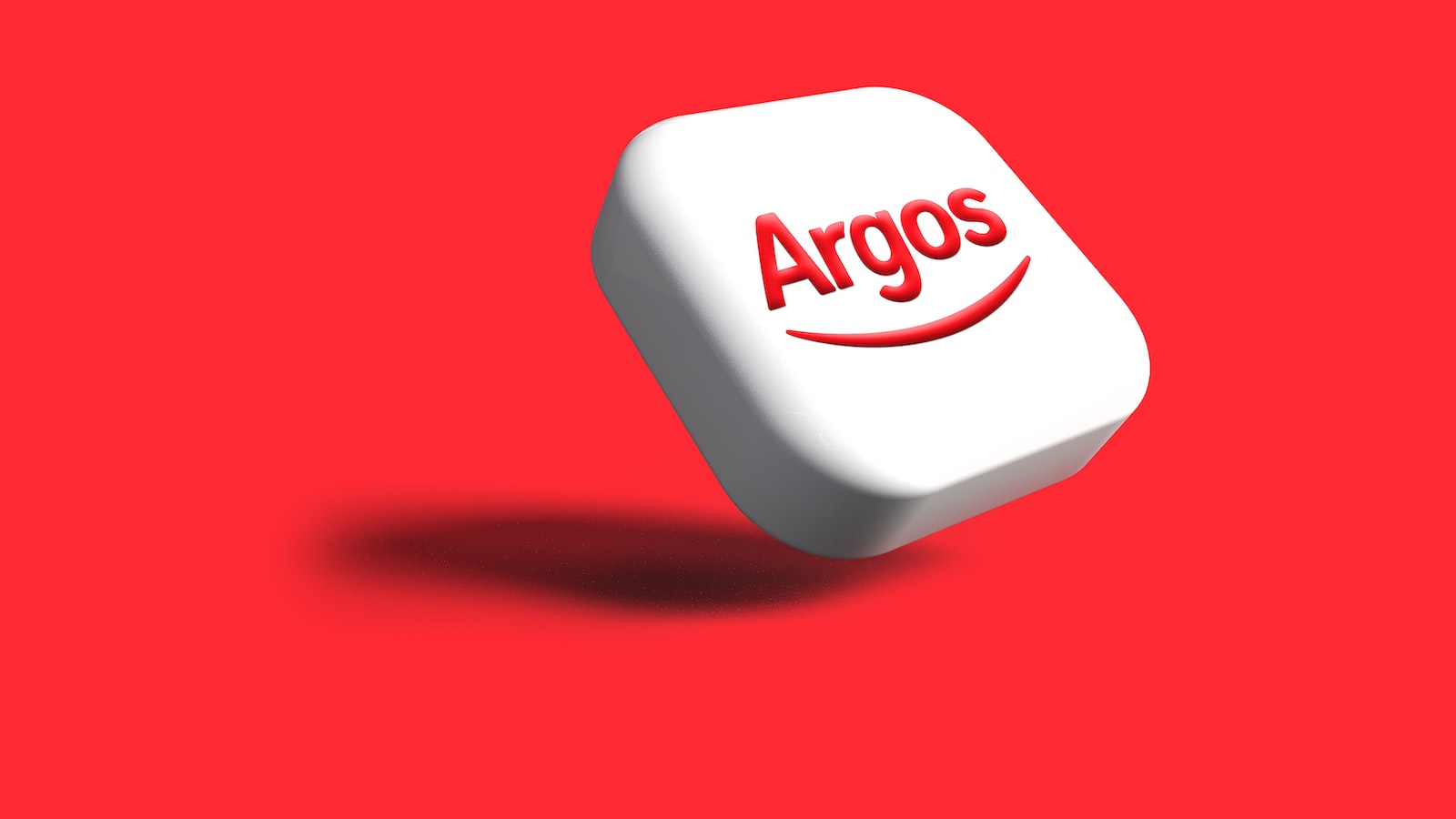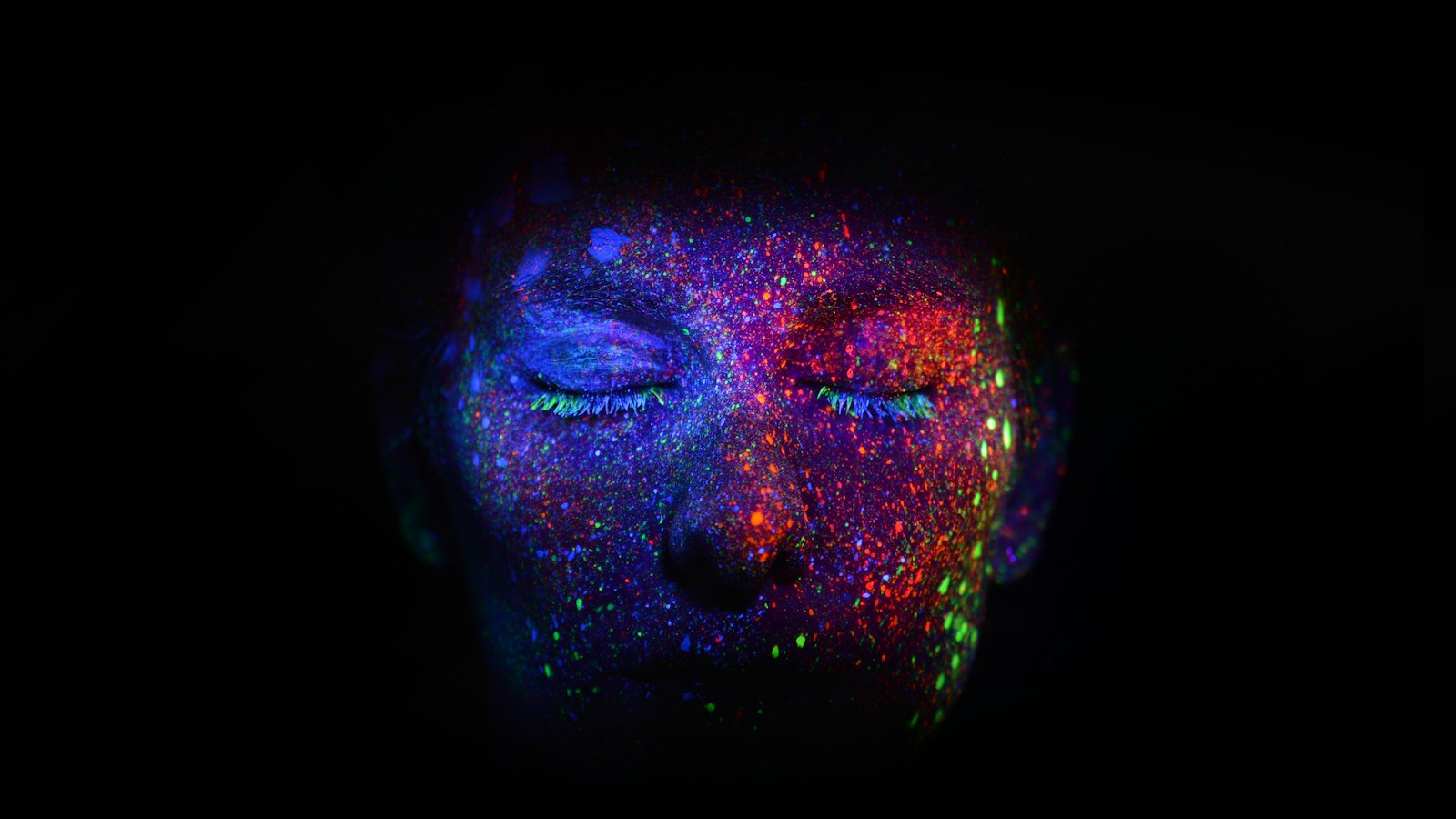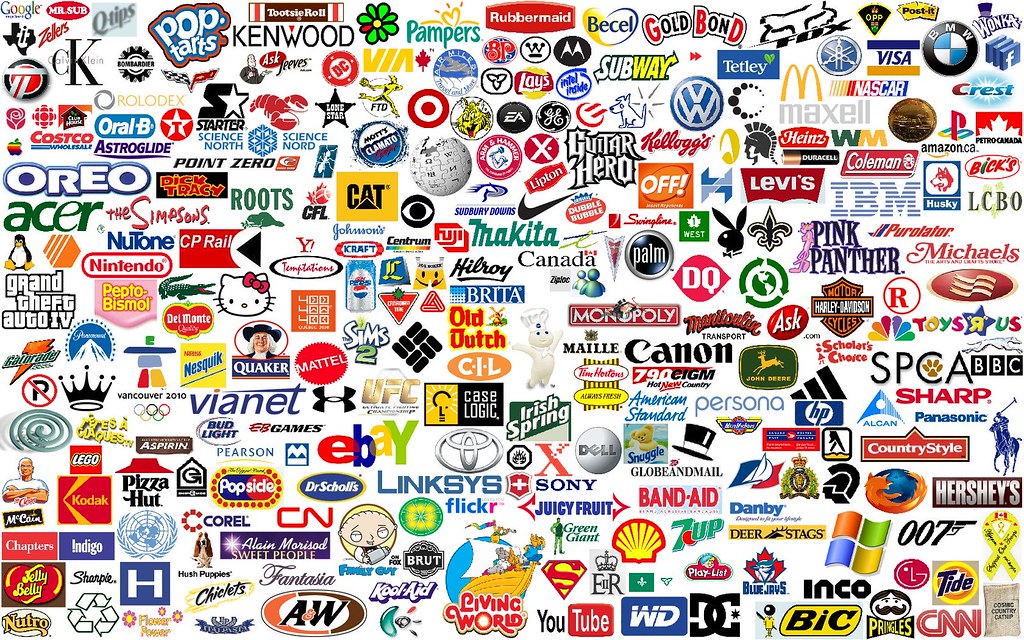Logo Design: Crafting the Path to Success
When it comes to establishing a strong brand identity, the significance of a well-crafted logo cannot be emphasized enough. A logo is a visual representation of a company or brand and serves as the cornerstone of its identity. It acts as a powerful visual asset that communicates the essence, values, and aspirations of the business. Whether you are a startup looking to make a lasting first impression or an established company aiming to refresh your brand image, investing in professional logo design is a crucial step towards carving your path to success.
A creatively designed logo has the potential to leave a lasting impact on your target audience by making your brand memorable and instantly recognizable. It serves as an anchor that brings together all the other elements of your brand, including your website, business cards, packaging, and marketing materials. The skillful use of colors, typography, and symbolism allows for effective storytelling and helps your brand establish an emotional connection with your customers. In a highly competitive market, standing out from the crowd is essential, and a uniquely crafted logo can set you apart.

The Power of Simplicity: Unveiling the Key to Memorable Logos
Imagine a world where logos are elaborate, complex, and cluttered with unnecessary details. Would you be able to remember them? Probably not. Simplicity, on the other hand, has the uncanny ability to create a lasting impact and evoke strong brand recognition. The key to memorable logos lies in their ability to convey a powerful message with minimalistic elements.
So, what makes simplicity such a potent tool in logo design? Firstly, it captures attention effortlessly. A simple and clean logo stands out from the crowd, immediately grabbing the viewer’s eye. Think about the iconic logos of Nike or Apple. The bold simplicity makes them instantly recognizable, even from a distance. Secondly, simplicity allows for versatility. Logos with fewer elements can be easily scaled down or up, ensuring the brand’s identity remains intact across various mediums. Whether it’s on a billboard or a tiny smartphone screen, a simple logo maintains its impact and legibility. Lastly, a simple logo is timeless. Trends come and go, but simplicity remains eternally appealing. It transcends cultural and societal changes, becoming a timeless symbol of a brand’s values.

Color Psychology: Guiding a Logo’s Impact and Brand Identity
Colors have a powerful impact on our emotions, perceptions, and even behavior. When it comes to creating a logo and establishing a brand identity, understanding color psychology becomes essential. Each color carries a unique psychological meaning and triggers a specific response from potential customers. By harnessing the power of color, businesses can effectively communicate their values and establish a connection with their target audience.
Let’s explore the fascinating realm of color psychology and its role in creating a logo that truly resonates with consumers:
- Red: Symbolizes passion, energy, and excitement. It grabs attention and can convey a sense of urgency. Many fast-food chains use red to stimulate appetite and entice customers.
- Blue: Evokes feelings of trust, reliability, and professionalism. It is commonly used by financial institutions and tech companies to establish a sense of credibility and security.
- Yellow: Represents optimism, creativity, and happiness. It grabs attention and can evoke a positive response. Soft drink manufacturers often employ yellow in their logos to portray a cheerful and refreshing image.
- Green: Symbolizes growth, freshness, and harmony with nature. It is often associated with health, eco-friendliness, and sustainability. Many organic and natural product brands utilize green to convey their commitment to the environment.
Understanding the psychology behind colors and their impact on consumer behavior is a powerful tool for designing a logo that speaks to the target market. By carefully selecting the right colors, businesses can establish a strong brand identity that resonates with their audience, ultimately enhancing their chances of success.

Versatility: The Secret to a Logo’s Longevity
When it comes to designing a logo that stands the test of time, one key element often overlooked is versatility. A logo’s ability to adapt and remain relevant in different mediums, sizes, and contexts is what truly ensures its long-lasting impact. By prioritizing versatility in the early stages of logo creation, designers can unlock endless possibilities and ensure the logo remains visually appealing and appealing for years to come.
One of the main advantages of a versatile logo is its ability to seamlessly integrate into various forms of media, from print to digital platforms. Whether it’s in a website header, a mobile app icon, or even a billboard, a logo should be easily recognizable and scalable, maintaining its clarity and impact across different sizes. Through clever use of negative space, colors, and typography, a truly versatile logo has the power to be just as impactful on a small social media profile picture as it is on a large storefront sign.
- Flexibility to adapt to different backgrounds, colors, and materials is another crucial aspect of logo versatility. A well-designed logo should be able to effortlessly work against light or dark backgrounds, or even when overlaid on top of images. This adaptability ensures the logo can integrate seamlessly into a variety of marketing materials and collateral.
- Furthermore, a versatile logo should be timeless, able to withstand changing design trends without losing its essence. While it’s important to stay current and relevant, a logo that transcends passing fads and withstands the test of time is an asset to any brand. By focusing on timeless design principles, simplicity, and carefully chosen elements, a versatile logo can continue to hold its value and resonate with audiences for years to come.
- Lastly, a logo’s adaptability across different industries and sectors is what truly sets it apart. While a logo may be designed for a specific purpose or company, its versatility allows it to establish a strong visual identity that can resonate with diverse audiences. Through strategic design decisions and the integration of elements that effortlessly communicate the brand’s core values, a versatile logo becomes a powerful symbol that represents and evolves with its brand.
In conclusion, versatility is not only the secret ingredient that ensures a logo’s longevity, but it also guarantees its ability to effectively communicate a brand’s message across various platforms and contexts. A well-crafted, versatile logo has the power to adapt, integrate, and endure, making it a valuable asset that fosters brand recognition and leaves a lasting impression.
Concluding Remarks
In the ever-evolving landscape of branding, logos stand as the visual ambassadors of a company’s identity. They are the silent storytellers that leave an indelible mark on the minds of consumers. Throughout this exploration of the 8 Characteristics of Successful Logos, we have uncovered the secret language that propels these design masterpieces to greatness.
From simplicity to versatility, we’ve witnessed the power of minimalism, as it breathes life into a logo, allowing it to transcend time and trends. Consistency, as an unwavering companion, brings cohesion to brands, infusing their logos with trust and reliability. Authenticity, in its raw form, resonates deeply with audiences, forging meaningful connections between companies and consumers.
We’ve come to understand the brilliance of uniqueness, as it sets logos apart, rendering them unforgettable and captivating. Balance, with its dancing act, creates harmony between elements, a captivating dance that leaves viewers in awe. Versatility, the chameleon of characteristics, empowers a logo to adapt effortlessly across various mediums, reinforcing its footprint in the hearts of consumers.
As we delve into adaptability, we grasp the significance of a logo’s ability to evolve, grow, and go with the ever-changing tides. And finally, we’ve grasped the magnetic force of simplicity, as it relentlessly attracts attention, transcending language barriers and cultural divides.
In the end, these 8 Characteristics of Successful Logos serve as our compass, guiding us towards the creation of logo designs that truly stand the test of time. So let us embrace this newfound knowledge and embark on a journey where art meets communication, and creativity harmonizes with strategy. With these characteristics as our allies, we can weave a visual tapestry that captures hearts, tells stories, and leaves an indomitable mark in the grand narrative of branding. May we design with passion, purpose, and an unyielding pursuit of excellence, for the world eagerly awaits the next iconic emblem to embrace.
It is no secret that great logos are crucial for success in any business. In today’s competitive market, having an effective logo is essential for branding and maintaining a distinct presence within the industry. However, what separates a logo from an effective one? What elements contribute to successful logo design? Here are 8 characteristics of successful logos that can help you create an effective logo for your brand.
1. Simplicity: A successful logo should be simple in design and easy to remember. An overly-complicated logo can be difficult to recognize and can quickly become outdated. Focus on creating a logo with a few basic elements that can easily be recognised when seen.
2. Versatility: Your logo should be versatile enough to fit any size and be recognized in any medium. It should look just as good on a billboard as it does on a smartphone.
3. Design: A successful logo should be visually appealing and striking; something that captures people’s attention. Use colors that are associated with your brand and create a design with distinct features that will help it stand out.
4. Uniqueness: Since logos are meant to be instantly recognizable, it is important to make sure your logo is one of a kind. Avoid using cliché ideas and opt for something distinct.
5. Relevance: Your logo should directly reflect your brand and industry. For example, if you are a tech company, the design should match the futuristic look that is popular in the tech world.
6. Timelessness: The best logos tend to stay relevant for a considerably long period of time. Aim for a design that won’t become outdated in the near future and can represent the brand even in the generations to come.
7. Meaning: A successful logo should not only look good, but also have some deeper meaning. Try to choose a design that reflects your company’s values and mission statement.
8. Clarity: Make sure your logo has clear lines, shapes and colors that are easily read, no matter how small or large the logo is.
By keeping these 8 characteristics in mind, you can create an effective and memorable logo that will help your brand stand out and evoke emotion in your intended audience. A successful logo can be the difference between a successful brand and an unsuccessful one. Invest the time and resources needed to ensure you have an effective logo for your brand.
There is no denying that a logo is an integral part of any business, representing what the company stands for and enabling it to stand out in a competitive market. As such, knowing what makes a successful logo is essential for any business. Here are 8 characteristics of successful logos that will help you create one that works for your business.
1. Unique: The logo should be simple, yet instantly recognizable and unique. It should also be distinct from other logos on the market.
2. Memorable: It is important for a logo to make an impact on its target audience. This can be achieved through the use of bright colors, bold shapes, and fonts that stand out.
3. Professional: A logo must not only look professional, but also project professionalism. This includes staying within the color palette of the company and creating an overall cohesive design.
4. Versatile: Logos should be designed to be used in various media, such as websites, print materials, videos, and advertising.
5. Relevant: A logo should be relevant to the company, its products, and its services.
6. Scalable: Logos must remain identifiable when the size is changed, as they may be used for different purposes.
7. Adaptable: Logos should be able to adapt to trends in order to remain relevant and contemporary.
8. Timeless: Logos should be designed to last and remain consistent over time.
Creating a successful logo is a process that requires time and careful considerations. Following these 8 characteristics of a successful logo will help you create one that works for your business and stands the test of time.
